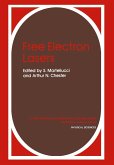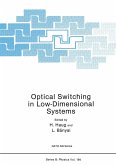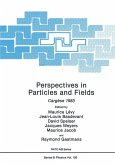The conference "Laser Science and Technology" was held May 11-19, 1987 in Erice, Sicily. This was the 12th conference organized by the Internatio nal School of Quantum Electronics, under the auspices of the "Ettore Majorana" Center for Scientific Culture. This volume contains both the in vited and contributed papers presented at the conference, covering current research work in two areas: new laser sources, and laser applications. The operation of the first laser by Dr. Theodore Maiman in 1960 initia ted a decade of scientific exploration of new laser sources. This was fol lowed by the decade of the 1970s, which was characterized by "technology push" in which the discoveries of the 1960s were seeking practical applica tion. In the 1980s we are instead seeking "applications pull," in which the success and rapid maturing of laser applications provides both inspiration and financial resources to stimulate additional work both on laser sources and applications. The papers presented in these Proceedings attest to the great vitali ty of research in both these areas: New Laser Sources. The papers describe current developments in ultra violet excimer lasers, X-ray lasers, and free electron lasers. These new lasers share several characteristics: each is a potentially important coher ent source; each is at a relatively short wavelength (below 1 micrometer); and each is receiving significant development attention today.








